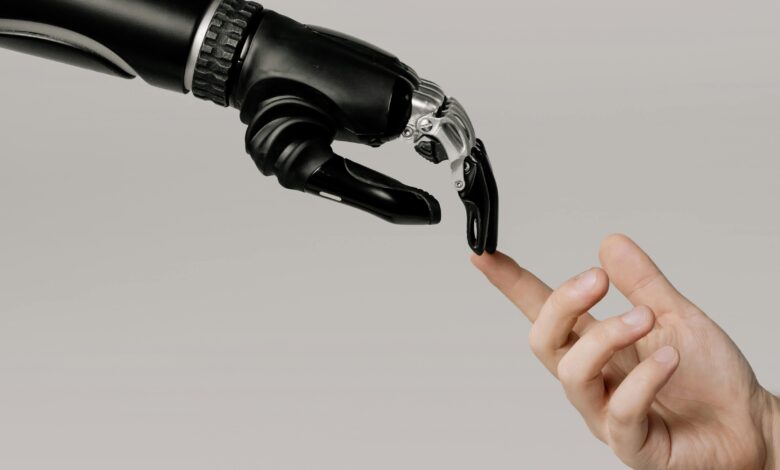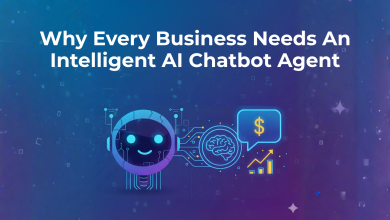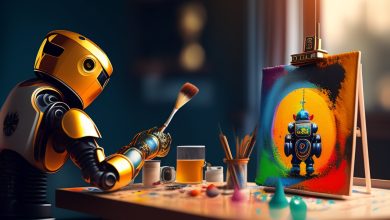
The advertising industry is no stranger to transformation, but even by its own standards, the past two years have been seismic. As generative AI has moved from an experimental tool to an everyday essential, brands and agencies alike have been re-examining the role of human creativity in a marketing landscape increasingly shaped by algorithms.
Today, AI touches almost every part of the marketing workflow, from data analysis and media planning to creative development and asset production. Execution is faster. Insights are richer. Campaigns are more scalable.
But alongside these gains, a critical question has surfaced: in our pursuit of optimisation, are we putting creativity – the essence of what makes advertising truly resonate with audiences -at risk?
The AI–human balance has shifted, but not settled
Marketers have embraced generative AI tools with rapid adoption. A recent report found that many are now embedding AI into core aspects of their role. While data analysis (47%) and market research (46%) remain the most common applications, creative use cases such as copywriting, image generation, and creative versioning are gaining momentum.
We’re also seeing more teams experiment with ”creative prompts,” using AI to kick start the ideation and production processes. Informed by the data-driven insights that they uncover, these tools give teams a fast, flexible foundation to build on.
But AI’s greatest value in the creative process is in its ability to help campaigns scale across channels. Brands are using AI tools to quickly produce content variations tailored for different screens, formats, and audiences. This is enabling more efficient testing of creative elements, helping marketers identify which versions drive the best performance.
When tech outpaces storytelling
Despite this, there’s industry-wide acknowledgement that maintaining humanity throughout the creative process is essential. While generative AI excels at pattern recognition and recombining what already exists, it can’t yet produce work that’s truly original, and struggles to be emotionally nuanced or culturally resonant.
Because of this, an over-reliance on automation could lead to a homogenised, impersonal advertising landscape. For example, efficiency-driven AI can trap consumers in feedback loops, serving ads based only on past interactions and limiting exposure to new products and brands.
The future of creativity isn’t about removing the “human touch.” Rather, it’s about removing the friction. AI lets marketers unlock dynamic creative optimisation (DCO), tailor storytelling to diverse audiences and moments, and keep pace with consumers’ rising expectations around personalization – all without losing their voice.
Still, when AI is used without a clear creative vision or human involvement throughout, the risks are apparent. Take the latest issue of Vogue, which featured an advertisement created entirely with AI-generated models.
Despite labelling the image as AI-generated, that transparency did little to mitigate backlash as its use of AI led to widespread criticism from consumers and media alike. It’s a cautionary tale that, without a clear creative vision and proper guardrails, even the most advanced technology can miss the mark.
AI tension was also a recurring theme at this year’s Cannes Lions. While AI innovation took centre stage, the festival’s dominant message was one of balance. The most celebrated campaigns weren’t just technically impressive – they were emotionally intelligent.
Rooted in cultural relevance and insight, these standout pieces proved that while AI can enhance marketing capabilities, it is originality combined with humanity and creativity that delivers lasting impact.
Where do we go from here?
Automation and personalisation offer powerful efficiencies. But when optimisation becomes the goal instead of the means, brands risk losing the very thing that makes advertising memorable.
At the same time, economic uncertainty – interwoven with political and societal shifts – is demanding brands’ attention as consumer values increasingly intersect with public discourse.
This environment requires brands to stay closely attuned to cultural, regulatory, and economic signals, making it more important than ever for humans to lead the creative process. Their ability to bring nuance, emotional depth, and cultural sensitivity is essential in ensuring that brand storytelling truly resonates with today’s values-driven audience.
This doesn’t mean pulling back on AI. On the contrary, what’s emerging now is a more integrated model, where human creativity and machine intelligence work in harmony. That’s where partners spanning both creative and media can help by focusing on combining the efficiency of AI with the emotional richness of human creativity.
The future of advertising won’t be defined by a choice between AI and creativity – it will belong to brands that integrate both intelligently. Because the brands that stand out tomorrow will be the ones that find new ways to scale without losing their creative edge.





